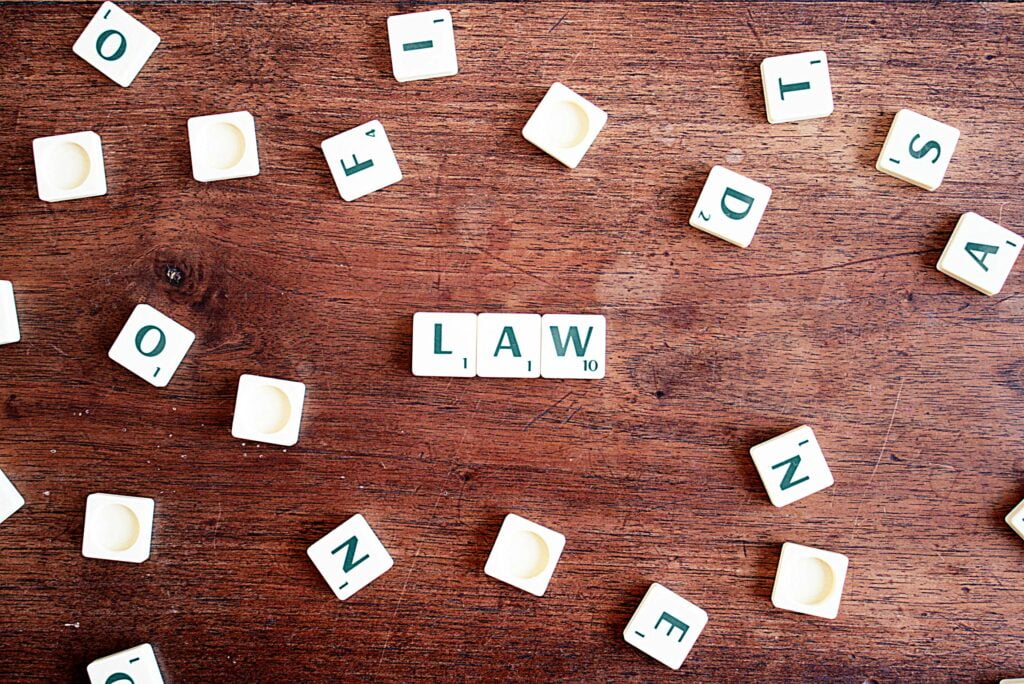INTRODUCATION OF MARTIAL LAW IN INDIA
Martial law refers to the imposition of direct military control over normal civilian functions or suspension of civil law by a government, especially in response to a temporary emergency where civil forces are overwhelmed, or in an occupied territory.
Historical Context of Martial Law in India
Pre-Independence Era
- British Colonial Rule: The British colonial government in India often resorted to martial law to suppress uprisings and maintain control. Notable instances include:
- The Sepoy Mutiny of 1857: The British declared martial law in several areas to quell the rebellion.
- Jallianwala Bagh Massacre (1919): Martial law was declared in Punjab, leading to the infamous massacre ordered by General Dyer.
Post-Independence Era
- Since gaining independence in 1947, India has not formally declared martial law. The democratic framework and the constitution provide for emergency provisions, but the use of martial law as seen during British rule has not been replicated.
Legal Framework
Constitutional Provisions
- Article 34: Deals with the restrictions on the rights conferred by Part III of the Constitution while martial law is in force in any area.
- Emergency Provisions (Articles 352-360): The Indian Constitution provides for different types of emergencies (National, State, Financial) but does not explicitly mention martial law.
Distinction from Other Emergencies
- National Emergency (Article 352): Declared in the case of war, external aggression, or armed rebellion.
- President’s Rule (Article 356): Imposed when the governance in a state cannot be carried out in accordance with the provisions of the Constitution.
- Financial Emergency (Article 360): Declared if the financial stability or credit of India or any part thereof is threatened.
Implementation and Implications
Conditions for Imposition
- While there is no clear procedure outlined in the Constitution for imposing martial law, it is generally considered an extreme measure, implemented only when civil authorities are unable to maintain public order and security.
Impact on Civil Rights
- Suspension of Civil Rights: Civil liberties may be suspended, and military authorities take over the administration of law and order.
- Legal Immunity: Military personnel might be granted immunity from prosecution for their actions during martial law.
- Courts and Legal Proceedings: Civil courts may be suspended or replaced by military courts.
Comparison with Other Countries
United States
- Historical Instances: Martial law has been declared at various times in U.S. history, such as during the Civil War and after natural disasters.
- Legal Framework: The U.S. Constitution does not explicitly mention martial law, but it has been inferred from the President’s powers as Commander-in-Chief and state governors’ powers.
Pakistan
- Frequent Use: Pakistan has experienced several instances of martial law, most notably under General Ayub Khan, General Yahya Khan, and General Zia-ul-Haq.
- Legal Provisions: The Constitution of Pakistan has been suspended multiple times during martial law periods.
Philippines
- Marcos Era: The most notable instance was under President Ferdinand Marcos from 1972 to 1981.
- Constitutional Changes: The 1987 Constitution of the Philippines included provisions to limit the President’s power to declare martial law.
Case Studies in India
Punjab during the 1980s
- Operation Blue Star (1984): Though not officially declared as martial law, the operation involved extensive military intervention to remove militants from the Golden Temple in Amritsar.
- Aftermath: The operation led to significant civil unrest and a period of heightened military presence in Punjab.
Jammu and Kashmir
- Insurgency and Military Presence: The region has seen a prolonged military presence due to insurgency and external threats. Although martial law has not been declared, the situation often mirrors the strict control associated with martial law.
The Debate on Martial Law in India
Pros
- Restoration of Order: In extreme situations, martial law can restore order when civil authorities are incapacitated.
- Security: It can provide a swift and decisive response to security threats.
Cons
- Human Rights Violations: History shows that martial law often leads to abuses and suppression of civil liberties.
- Democratic Values: It undermines democratic principles and the rule of law.
- Military Overreach: The military’s involvement in civilian governance can lead to long-term political instability.
Conclusion
Martial law remains a contentious and complex issue in India. While the country has not experienced formal martial law since independence, its historical use under British rule and the potential for its imposition in extreme circumstances require careful consideration. The legal framework, historical precedents, and the balance between security and civil liberties continue to shape the debate on martial law in India.


